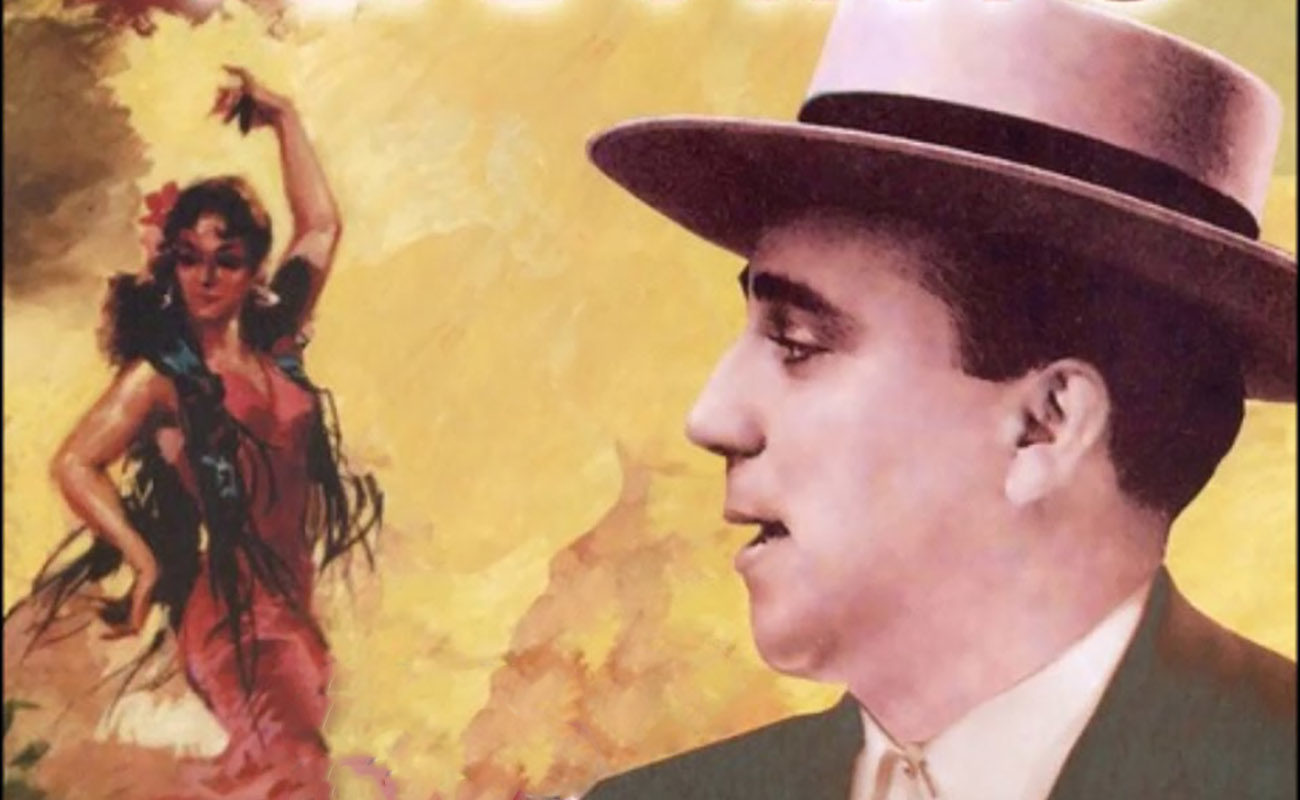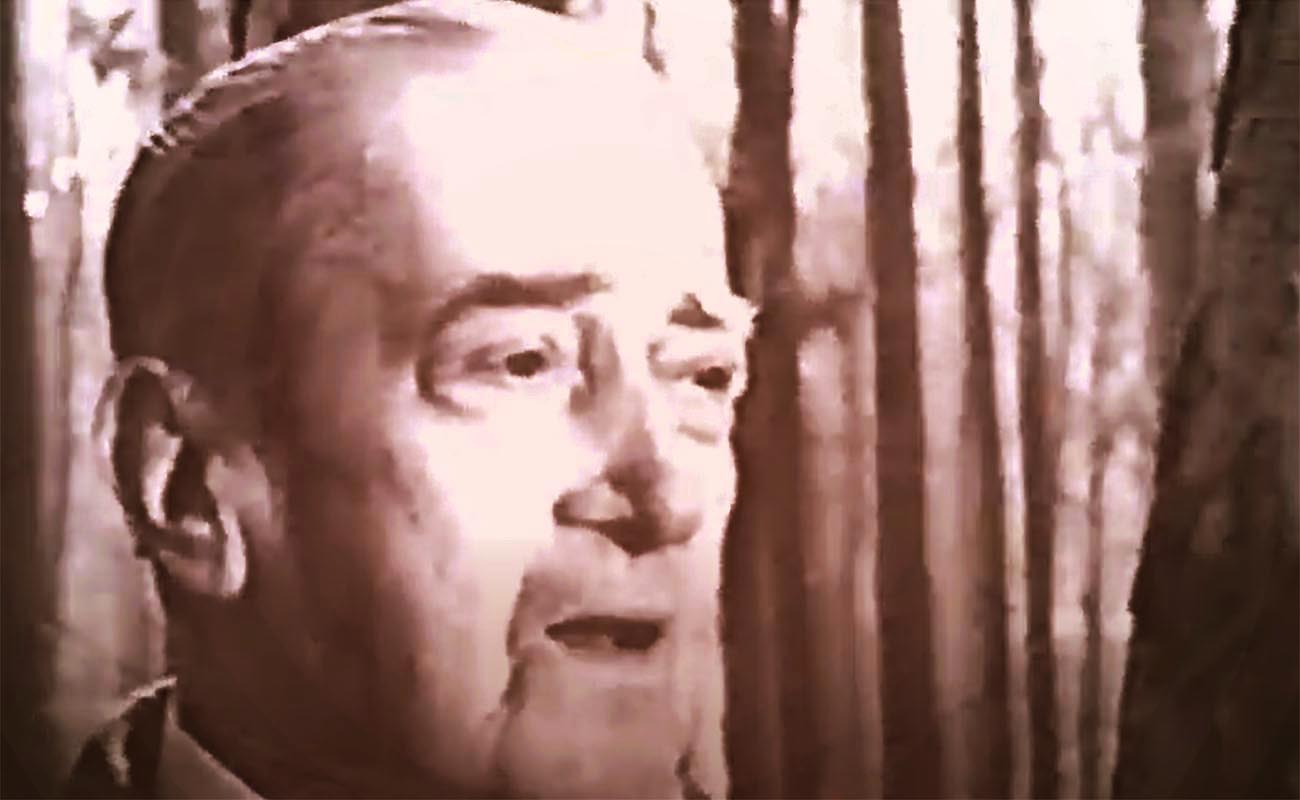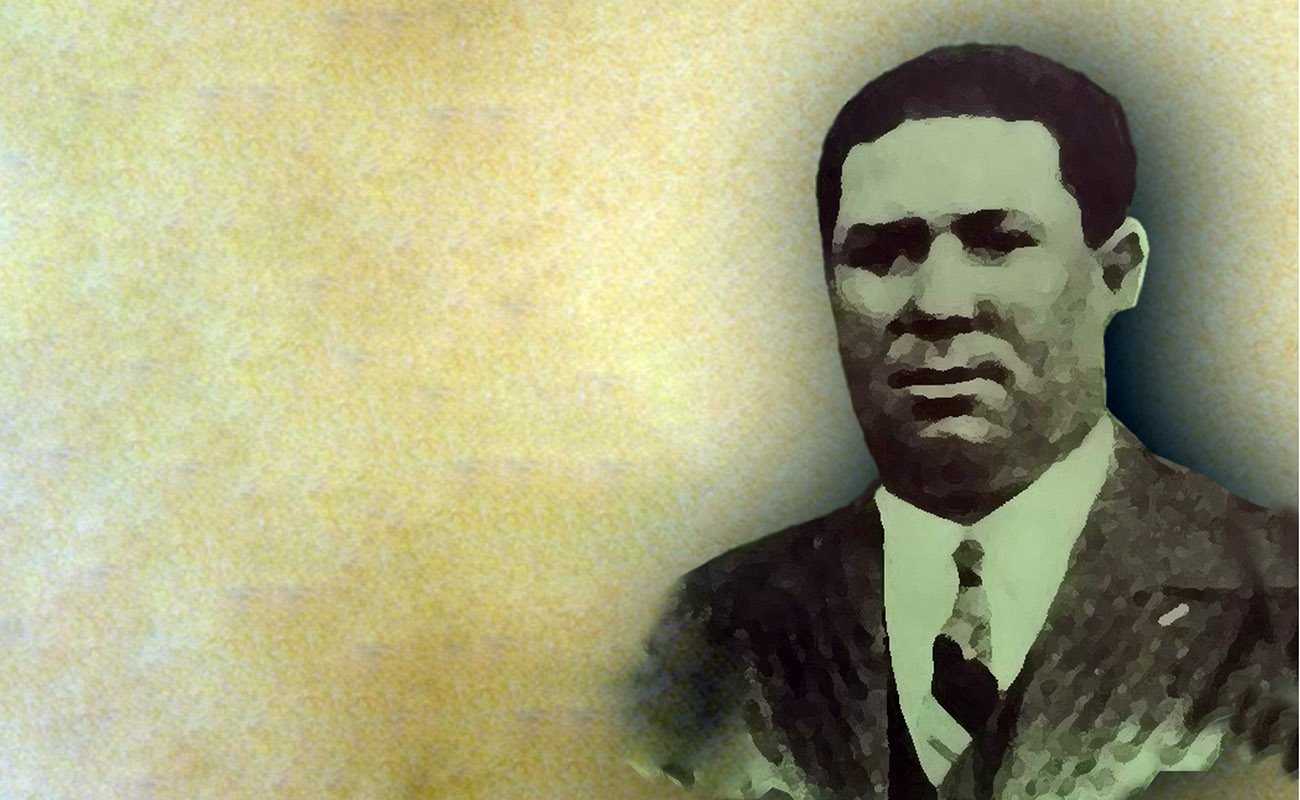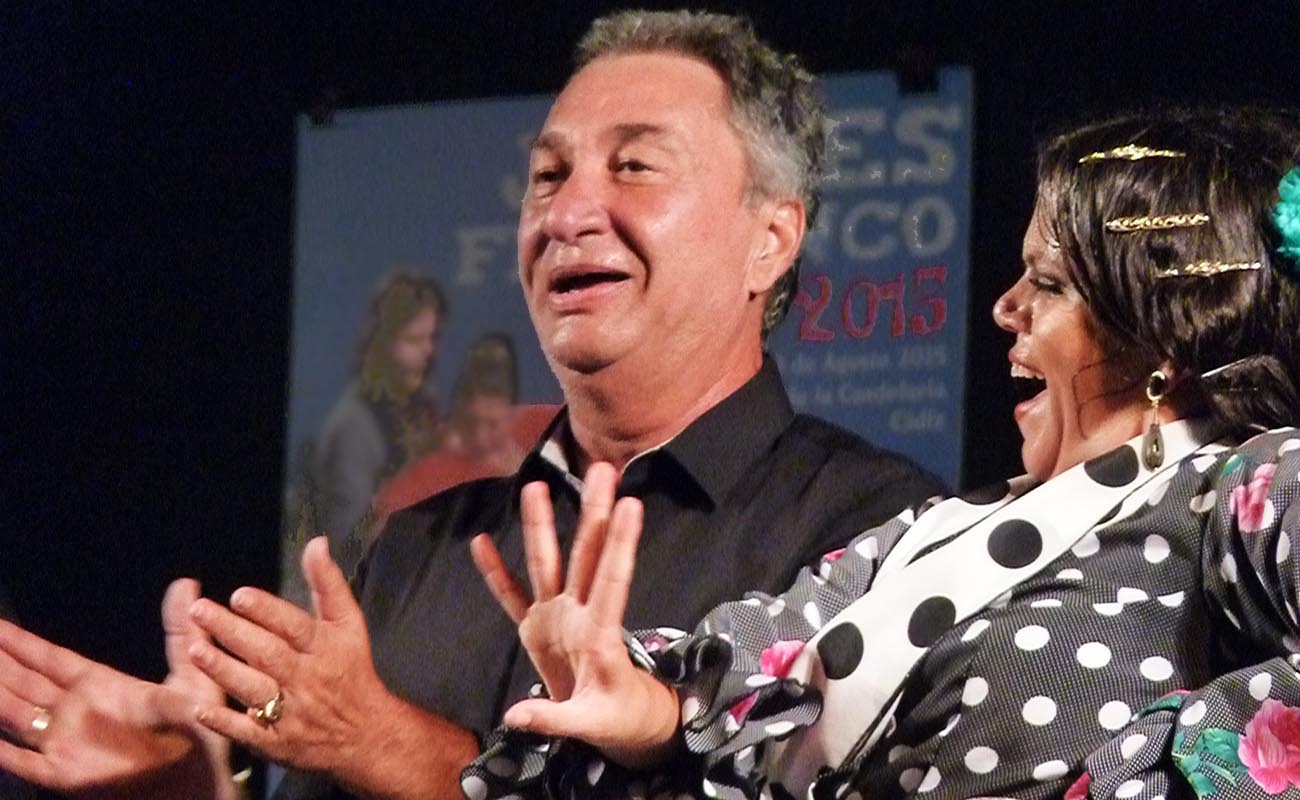Half a century without Pepe Pinto
Fifty years ago, on October 6th, 1969, the great cantaor pepe Pinto died in his house on Calatrava Street, Seville, where he lived with his wife, the great ‘Niña de los Peines’. He was one of the leading stars of cante and one of the great entrepreneurs of this genre

Fifty years ago today, October 6th, the great cantaor Pepe Pinto died in his house on Calatrava Street, Seville, where he lived with his wife, the great ‘Niña de los Peines’, who never realized she had become a widow, due to her illness, which made her lose her memory. Even so, with so much commotion that night in the couple’s house, Pastora wondered “Has Pepe died, maybe?”. Yes, the great cantaor from La Macarena district in Seville had died with a trounced liver and the sorrow of leaving the love of his life bedridden and absent-minded, as she called for “her Gypsies”.
«Pastora was 13 years older, but that was never a problem. They had some other issues, but the age difference was never one of them. Theirs was a beautiful love story, and they loved each other until death did them part»
In the early morning of October 5th, 1969, Pepe Pinto suddenly felt unwell and went to the bathroom of his house, where he vomited blood. His doctor, José Rivero Fonta, was called, and when he saw how ill Pepe was, he gave instructions to take him to the García Morato Hospital in Seville. He was admitted already in coma, and when they realized there was nothing they could do to save him, they sent him back home so he could die in his bed, surrounded by his wife and brothers. He died at six thirty in the morning and was buried the next day at ten thirty in the morning in the San Fernando de Sevilla cemetery, where the Domínguez Solano brothers had almost finished building the family’s mausoleum, located across the grave of the bullfighter El Espartero, near the grave of Gabriela Ortega Feria, mother of two other renowned bullfighters, Rafael and Joselito, and also near the impressive mausoleum of the great bullfighter Gelves, by the sculptor Mariano Benlliure.
Not long before he passed away, Pepe sang this fandango to Pastora, although she didn’t quite figure out who had sung it:
Diera parte de mi vida
por verte buena otra vez.
¡Dios mío, nunca creía
que quisiera a mi mujer
igual que a la madre mía!
I’d give part of my life
To see you well again
My God, I cannot believe
That I’d love my wife
As much as my own mother!
That’s not the best of his lyrics, but they’re certainly the most painful and passionate. The thing is that José Torres Garzón, Pepe Pinto, for his whole life adored Niña de los Peines, the cantaora, and was madly in love with Pastora Pavón Cruz, the woman. He met her at Arahal’s Casino in 1919, when Pepe was just 16 years old. That day, Pastora was visiting the town of her mother, Pastora Cruz Vargas, and of her older brother, José Ángel Pavón Cruz, known as Arturo. She came into the casino, across Corredera Square, next to the City Hall, and when Pepe saw her, a beautiful 29-year-old brunette, the best singer in all Spain, he approached her and told her he admired her as he had never admired anyone before.
Fourteen years later, in 1933, they got married at San Gil parish, in Seville’s Macarena district, with the guitarists Antonio Moreno and Niño Ricardo as witnesses. Pastora was 13 years older, but that was never a problem. They had some other issues, but the age difference was never one of them. Theirs was a beautiful love story, and they loved each other until death did them part.
«José Torres Garzón, Pepe Pinto, for his whole life adored Niña de los Peines, the cantaora, and was madly in love with Pastora Pavón Cruz, the woman»
Pepe Pinto is among the three or four greatest cantaores of Seville, on par with Manuel Vallejo, Manuel Centeno, Manolo Caracol, Carbonero and Pepe Marchena. He was a child prodigy of cante who used to be lifted on tables to sing fandangos in a unique style of his. In that time, he used to sing with another child prodigy, Carbonerillo, and they both revolutionized cante in Seville, to the point that even a fandango was written about them:
De bailaoras y toreros
Sevilla tiene la fama.
Pero en el cante flamenco,
se llevan la laureada
El Pinto y El Carbonero.
Seville is famous
For its bailaoras and bullfighters
But in cante flamenco
The kings are
Pinto and Carbonero
His interest in gambling made him one of the best croupiers in Seville, and since he was in high demand by the casinos, he quit cante soon after he had started his artistic career. When the government of Primo de Rivera banned casinos in 1923, Pepe Pinto decided to restart his career as cantaor and from then until his death he was one of the leading stars of cante and one of the great entrepreneurs of this genre. The rest is well-known history.
Translated by P. Young




